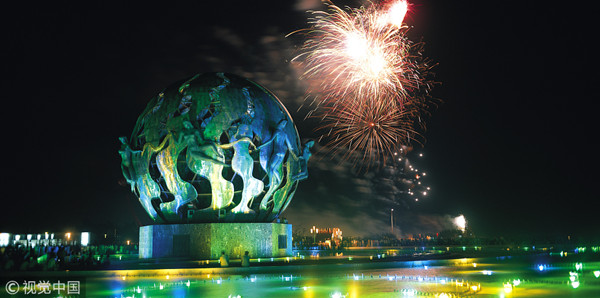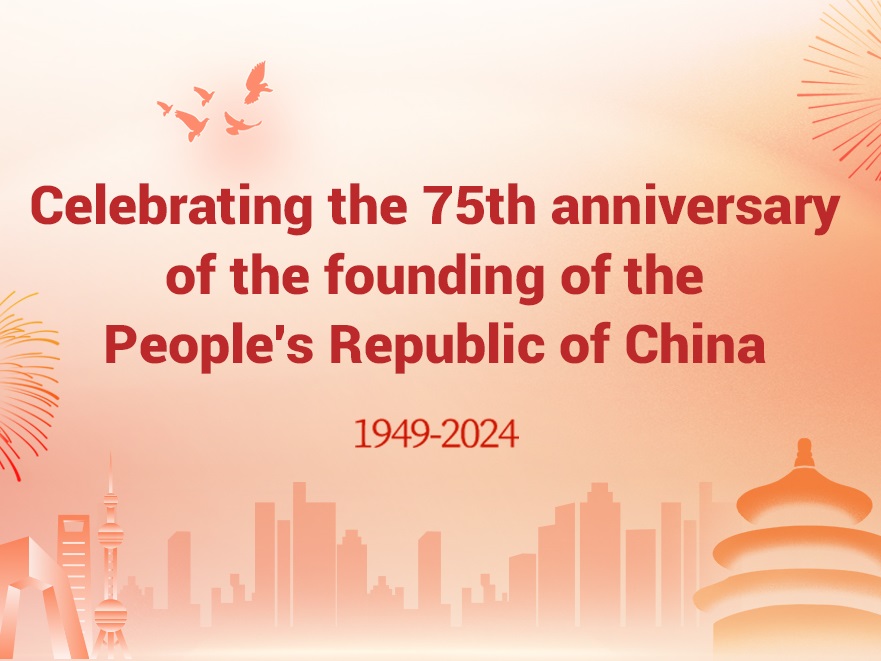Beihai
Beihai is located in the south of Guangxi and the east coast of Beibu Gulf. The city spans across 114 kilometers from north to south and 93 kilometers from east to west. There are Qinbei Railway, G209 and G325 national highway. Beihai is also connected to Nanning, Yulin, Zhanjiang, Guilin, Chongqing, Chengdu and Guangzhou by expressways. Beihai has convenient access to major cities and the sea in southwest China.
Beihai has a long history of opening up and profound cultural heritage. It is an important starting port for the ancient "Maritime Silk Road" and an important national historical and cultural city. Beihai is an important part of the Guangxi Beibu Gulf Economic Zone. Located at the junction of South China Economic Circle, Southwest Economic Circle and ASEAN Economic Circle, and the center of the Pan-Beibu Gulf Economic Cooperation Zone, Beihai is the only one in western China that is listed in the first batch of 14 coastal cities for opening up. Beihai is also the only city in western China that has deep-water port, all-weather airport, high-speed railway and expressway.

Night scenery of Beihai [Photo/VCG]
Beihai has a land area of 3,337 square kilometers and a forest area of 134,000 hectares. The forest coverage rate in the city is 36.3 percent. Surrounded by the sea on three sides, Beihai is known as China's largest natural "oxygen bar". Beihai is one of the "Top 10 Cities with the Best Air Quality in China" and "Top Ten Leisure Cities in China". Beihai won the "China Habitat Environment Example Award" two times and became the "National Garden City" in 2012.
Beihai is home to 43 ethnic minorities including Zhuang, Yao, Miao, Dong, Mulam, Maonan, Hui, Jing, Yi, Shui, Gelao, Manchu, Mongolian ethnic group, Tujia, Korean, Bai, Dai, Gaoshan, Tibetan, Li, Daur, Dongxiang and Uygur. The permanent population of ethnic minorities is nearly 32,000, accounting for 1.84 percent of the total population of the city. Zhuang and Yao have more than 1,000 people in Beihai.
Beihai has port resources, freshwater resources, oil and gas, marine resources, and mineral resources. Among them, Beibu Gulf is one of the six major oil and gas basins in China. It has the proven oil reserves of 22.56 million tons and the natural gas reserves of 35 billion cubic meters. Beibu Gulf is also one of the four major fishing grounds in China.
The rich tourism resources and excellent ecological environment have made Beihai an international tourist destination. At present, Beihai has nine 4A-level scenic spots namely Yintan National Tourism Resort, Weizhou Island Eyu Mountain Scenic Area, Beihai Old Town Scenic Area, Golden Bay Mangrove Ecological Tourism Area, Beihai Garden Expo, Beihai Hanlyu Culture Park, Beihai Underwater World, Beihai Ocean Garden and Jiahe·Guanshanhai. There are also eight 3A-level scenic spots, as well as Xingdao Lake Tourist Resort, Xieyang Island, Guantouling National Forest Park, Shankou National Mangrove Forest Reserve, Dugong National Nature Reserve and other tourist attractions. Beihai Yintan is known as "the finest beach in the world" by a former top Chinese leader . Weizhou Island is the youngest volcanic island in China and it was ranked as the second most beautiful island in China selected by China National Geographic in 2005. In 2016, it was listed among the "China's Top 10 Beautiful Islands" selected by the State Oceanic Administration. Weizhou Island is now accelerating the overall development pace in an effort to build itself into a first-class and internationally renowned leisure and vacation destination.


